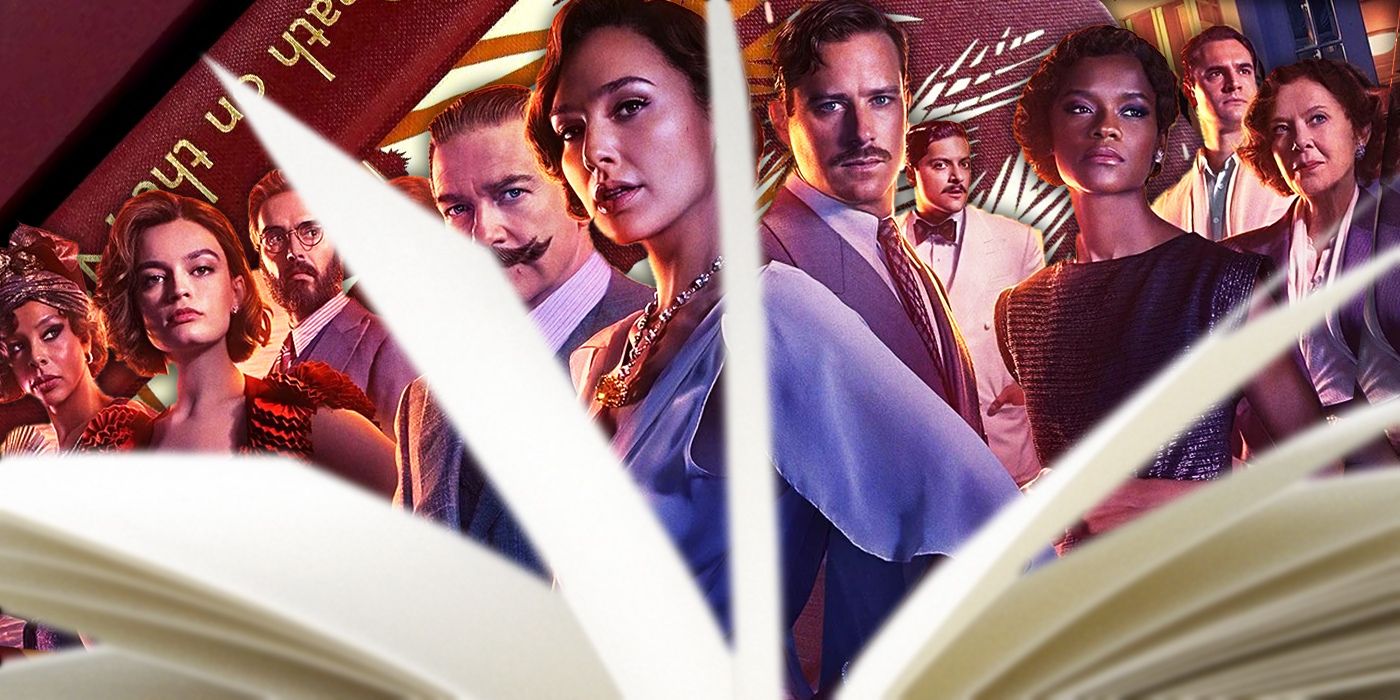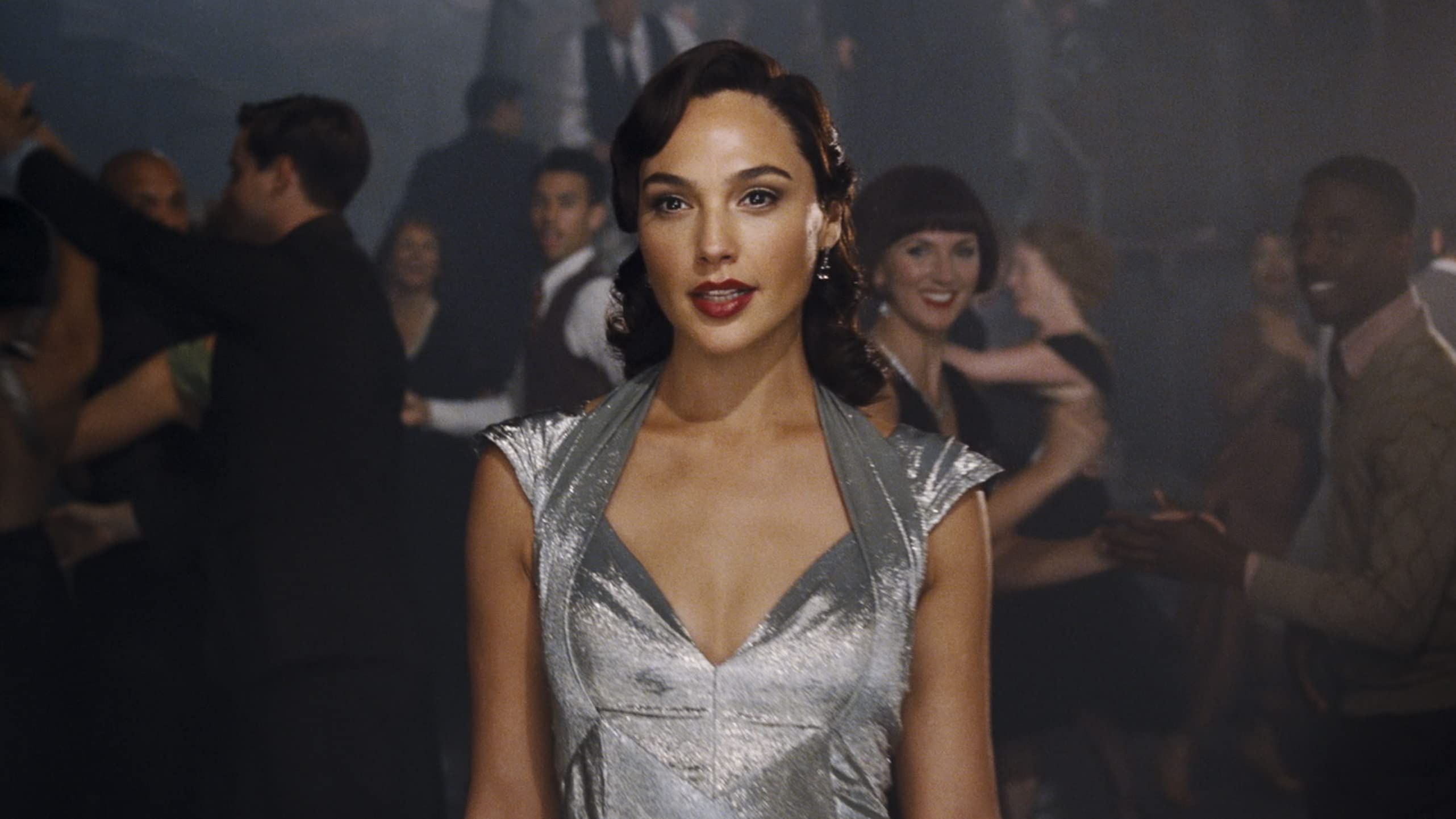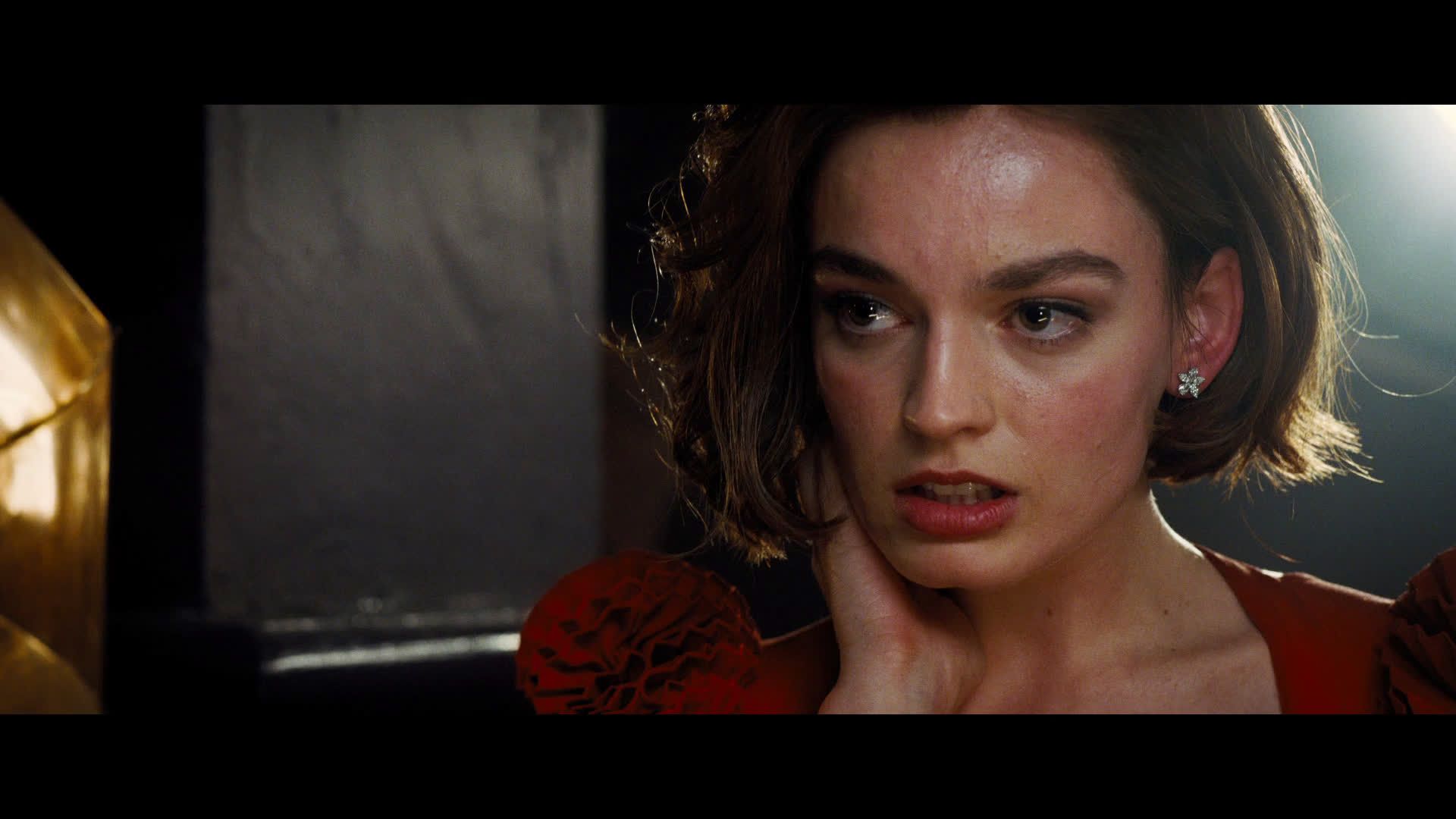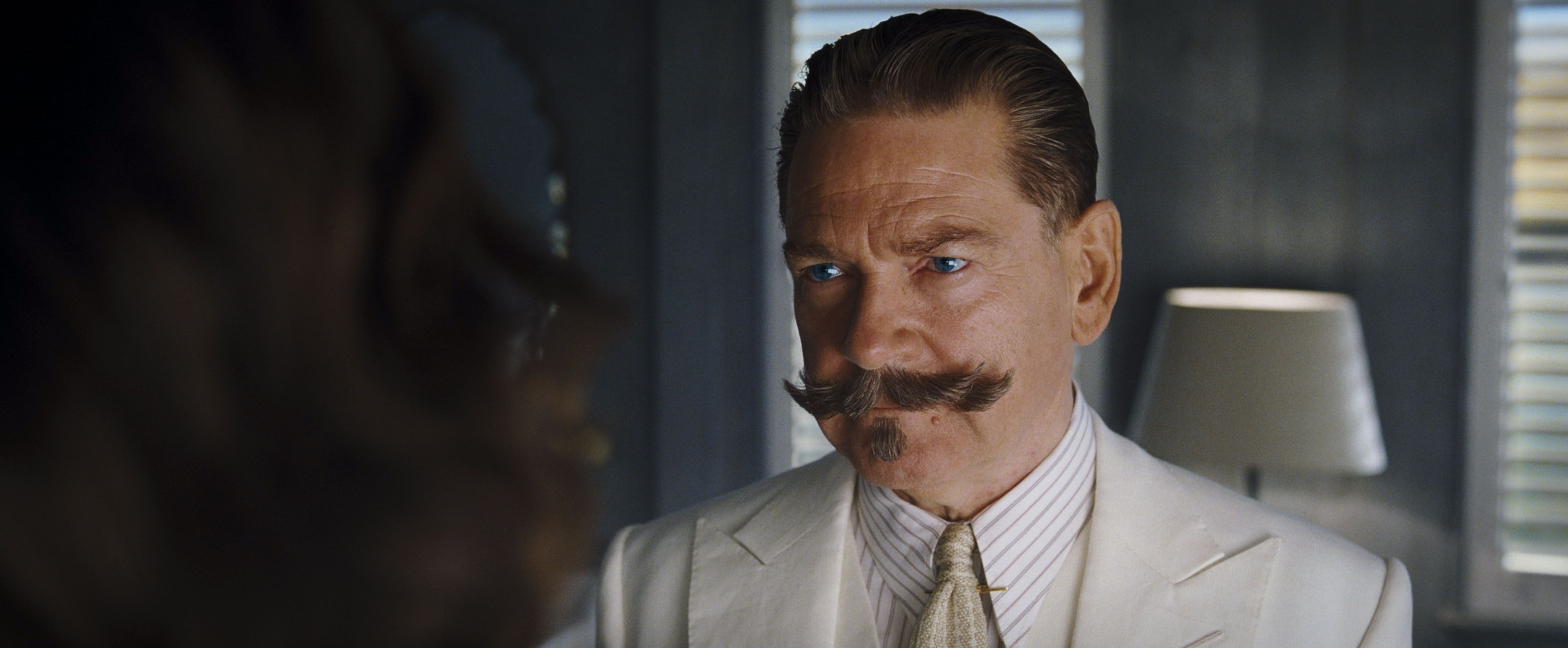The work of English mystery writer Agatha Christie is one of history's most iconic and enduring. At the height of her popularity, her books could routinely be found at the top of bestseller lists and at the tips of reader’s lips. Even today, she remains a recognizable literary figure. In 2018, the Guinness World Records listed her as the best-selling fiction writer of all time with her 78 crime novels having sold an estimated 2 billion copies in 44 languages. She was largely considered to be the unrivaled "Queen of Mystery," and remains so to this day.
Over more than 90 years, there have been many who have tried to take Christie's work to the big screen. The most recent is the long-delayed Death on the Nile, which is also director Kenneth Branagh's second crack at a Christie story. He adapted Murder on the Orient Express for the big screen in 2017. The adaptations both show Branagh’s clear love of the material and the mysteries to be found therein. The question that still lingers is, for Branagh and others, can they truly capture all that was found in Christie’s writings?
In order to craft a compelling mystery, you must approach the story with a commitment to balancing both a degree of necessary concealment and properly timed revelation. The concealment aspect ensures the mystery doesn’t resolve itself too quickly. It is paramount that there are some things you don’t know and ultimately won’t fully understand until all the pieces come together in the end. You’ll still need to leave bread crumbs and a fair share of red herrings in order to ensure the audience is drawn into the story as it unfolds. When done right, a well-told murder mystery can be something really special.
The key part is that it must be done right and this is no easy feat. It is all part of a delicate balancing act that requires walking a fine line. Keep things too under wraps, and it will feel like the answers at the end came out of nowhere. There is nothing more unsatisfying than finding out the killer was someone you had never met and was hiding just out of view the whole time. On the flip side, if you telegraph things too clearly, you risk undermining the intrigue of the story and the ultimate impact of the final answer. Finding that middle ground in a mystery story requires great attention to detail. It also is the reason many films struggle to capture the balancing act that Christie herself created.
When making a film, one must be ruthless in what is cut from the original story. After all, you only have a couple of hours at most to cover the same ground that could be told over hundreds of pages. In the process of removing countless scenes and conversations, you’re going to lose much of the texture of the story. This texture serves to build the mystery, as well as the characters. When reading Christie’s books, it won’t be immediately clear what details are crucial to the story and what characters are likely to have done it. A book has more room to craft details without worrying about how much running time is left. A film must sacrifice many of those details to both keep things moving along and to stay within the confines of its runtime. The subsequent loss means that the core mystery itself can be made weaker and the characters more shallow if not handled carefully.
A prime example is in seeing how Death on the Nile has been adapted over the years. The 1978 adaptation is largely considered not just one of the best of that novel in particular, but of Christie’s work overall. In addition to shooting on actual locations, a clear juxtaposition to the CGI ugliness of the newest film, it made an effort to really let scenes breathe. While certainly the work that all adaptations should aspire to, even the conclusion of the film removes a final key conversation. There won’t be any spoilers here, but the newest one ignores that conversation. It is regrettable as it is a conversation with one of the more interesting characters in both films: Jacqueline de Bellefort. Played well by both Mia Farrow in 1978 and a scene-stealing Emma Mackey in this newest go-round, the loss of closure with this character flattens all the emotional potential of each film’s finale.
In addition to losing out on these key character moments, there also is the issue of how the mystery is revealed. In the newest Death on the Nile, something goes missing about midway through the film. It is not something that will be revealed here, though suffice to say it is flagged with all the subtlety of a sledgehammer hitting you upside the head. When it subsequently goes largely ignored by the characters, despite the film practically shouting at you about how important it is, it removes any surprise when it turns out to be crucial in the final scene. This is a problem of scale and scope that all comes down to form.
In a novel, the introduction of a significant piece of information could come at any time and be anything, ensuring you are always kept on your toes. In hundreds of words, there is more room to flush out various details to keep you guessing. In a film, the experience is just not the same. It's clear that this thing they keep telling you about is incredibly important. It doesn’t completely ruin the mystery itself, though it undercuts the moment when all is revealed as it ends up feeling artificial and telegraphed. When a film flags something as being significant and leaves it hanging, it is like placing a red neon sign over it. In a novel, that detail could be more easily woven into the larger text and ensure you get caught off guard more thoroughly later. Yet that is regrettably lost in a film.
These significant narrative losses are unfortunate, especially in the context of the newest adaptation. There is an attempt to give our central detective Poirot a backstory to explain why he got his mustache that makes the clunky explanation of why Han Solo got his name look seamless in comparison. Maybe, just maybe, giving Poirot's mustache an origin story isn't the most effective use of your runtime and is a choice indicative of the problem with most adaptations. It represents a tradeoff that, along with an overextended set-up, makes this newest adaptation one that jettisons the most from its source material. Change can be good in adapting a novel, though much of what takes place in recent adaptations of Christie’s stories actively works to constrict it rather than expand it.




